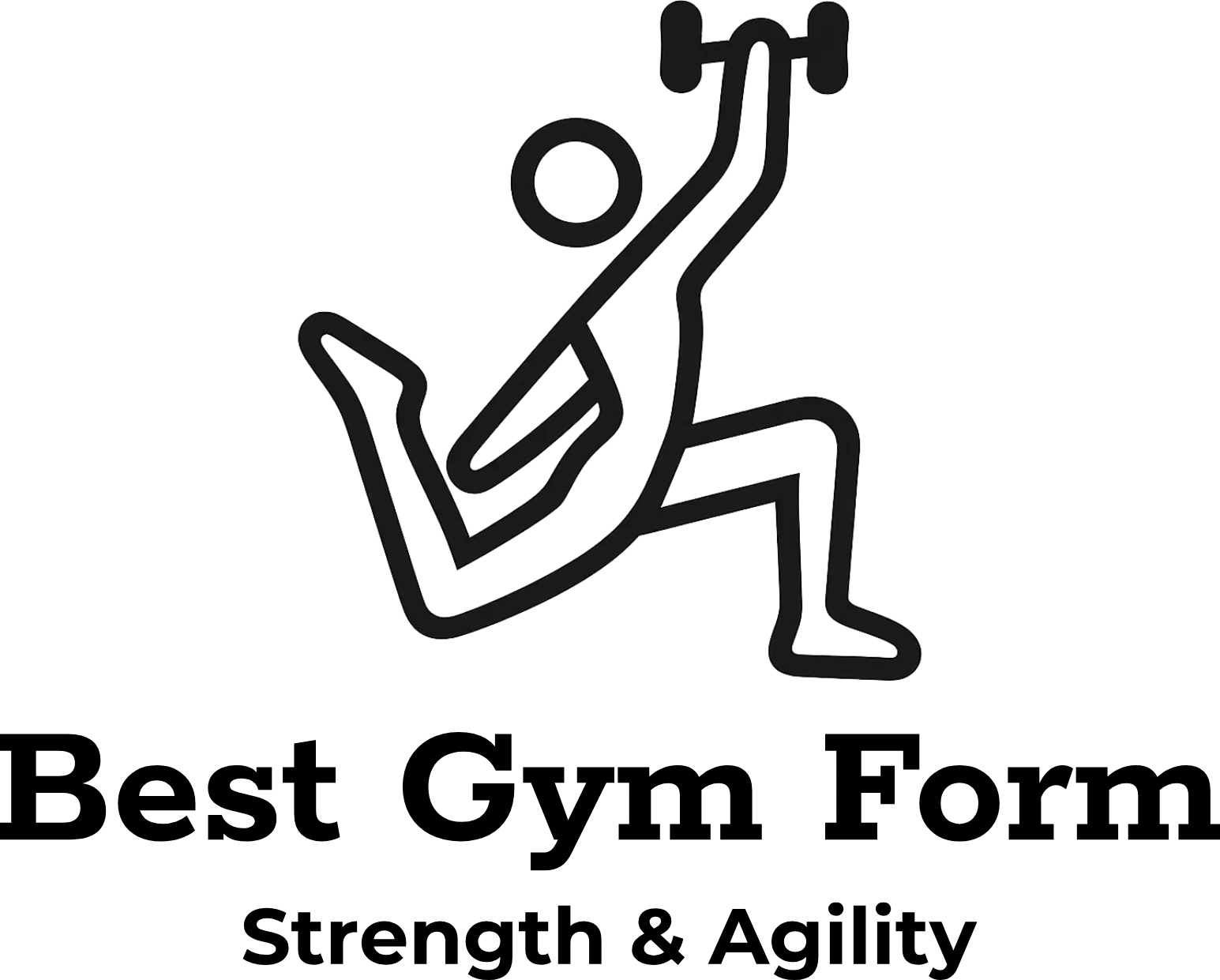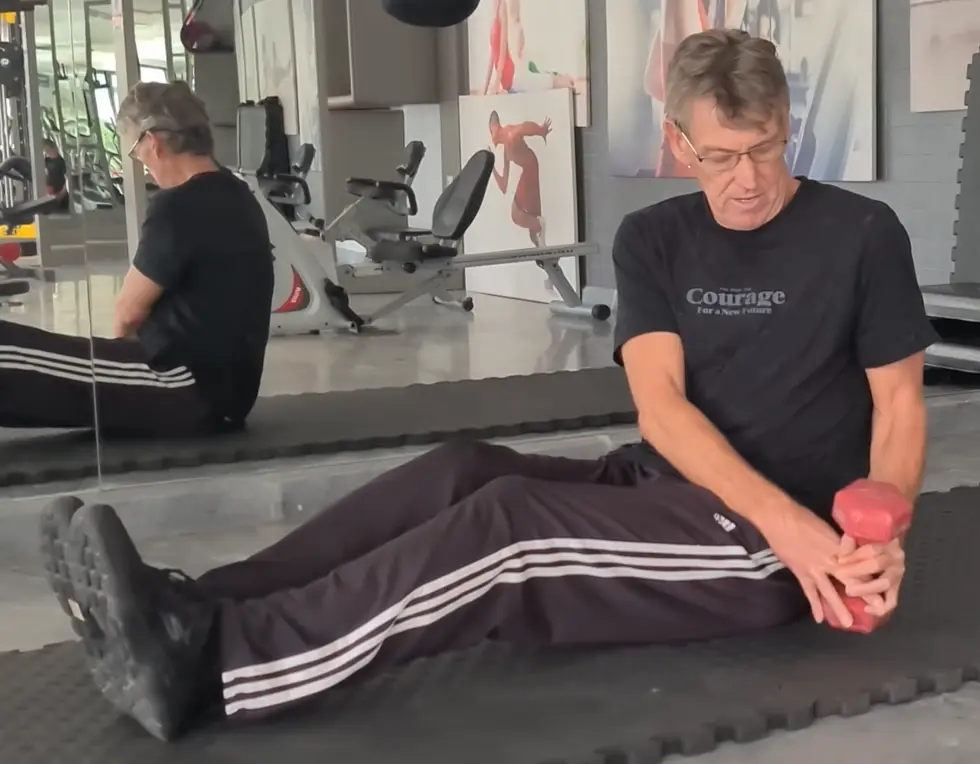All about the Russian Twist
(Pilates for Abs)
BENEFITS & MUSCLES WORKED: Abs, Obliques, Core. Spine, Balance, Posture
The Russian twist is excellent for strengthening your core muscles, especially your obliques, which are the muscles on the sides of your torso. It also works your abs, lower back, and even your hip flexors. Plus, it can improve your balance and stability.
START POSITION: Sit on the floor with your feet together and knees bent slightly. Grab a single dumbbell and hold it vertically in front of you. Rest the dumbbell on top of your legs in front of you.
Watch: my Russian Twist video
NOTES: Difficulty Rating: 63%
My biggest tip is to keep your eyes trained on the Dumbbell as you begin the twist to one side. Tense your core and move only from the Core and Abs areas. Place the dumbbell upright on the floor out to one side and level with your hips. So you have almost turned through 90°.
This is the easiest form of Russian Twists. To make it harder, you must lift your heels off the floor and keep your legs suspended a few cm above the ground. Always keep your knees bent.
Pause for a split second before returning the dumbbell to the centre point and keep going all the way to the other side, following the Dumbbell with your eyes all the time. So your head should move in line with your torso, minimising any neck movement.
Another excellent exercise that should not be skipped.
10 tips for the perfect Russian Twist
- Keep your feet either flat on the floor or slightly raised (to make it harder)
- Lean back slightly, engaging your core muscles
- Slow it down. This is about controlled movements, not speed
- Keep your back straight and avoid rounding your shoulders
- Breathe evenly throughout the exercise
- Start with lighter weights to get the form right, then gradually increase as you get stronger
- Keep a slight bend in your knees throughout the exercise. This helps with balance and stability
- Bring the dumbbell down towards the floor on each side, but it doesn’t need to touch. Focus on a controlled movement and engaging your core throughout the twist
- Twist until your hands are just past your hip on each side. Think about rotating your entire torso, not just swinging your arms
- Pause briefly at each end of the twist
To make the Russian Twist harder, you can try doing it on a decline bench, increasing the dumbbell/kettlebell weight, or by using a medicine ball.
Watching this video will help you get the form right for the Russian Twist
Where did the Russian Twist get its
name from, and why use it?
The Russian twist gets its name from its supposed origin as a training method for Russian soldiers. It gained popularity in the mid-20th century as a means to develop core strength and stability for activities such as rowing and kayaking. It’s an excellent exercise for working your obliques and improving rotational strength.
The Russian twist is a standard exercise, so it doesn’t have many different names. You might hear it called a Seated Twist, or Rotational Twist, but Russian Twist is the most common name worldwide. It’s popular in places where people focus on core strength for sports or fitness. You’ll find the Russian twist in gyms and fitness studios worldwide. It’s especially popular in places where people focus on core strength for sports like rowing, kayaking, or even CrossFit. You might see it less in places where traditional weightlifting is the primary focus.
The Russian twist can be safe when done with proper form, but it can put stress on your lower back if you twist too forcefully or use too much weight. It’s essential to listen to your body and stop if you feel any pain.
If you want to try something similar to the Russian twist, consider trying wood chops or standing oblique crunches. You could also try some core exercises that focus on stability, such as the plank or side plank. These can all help strengthen your core muscles.

